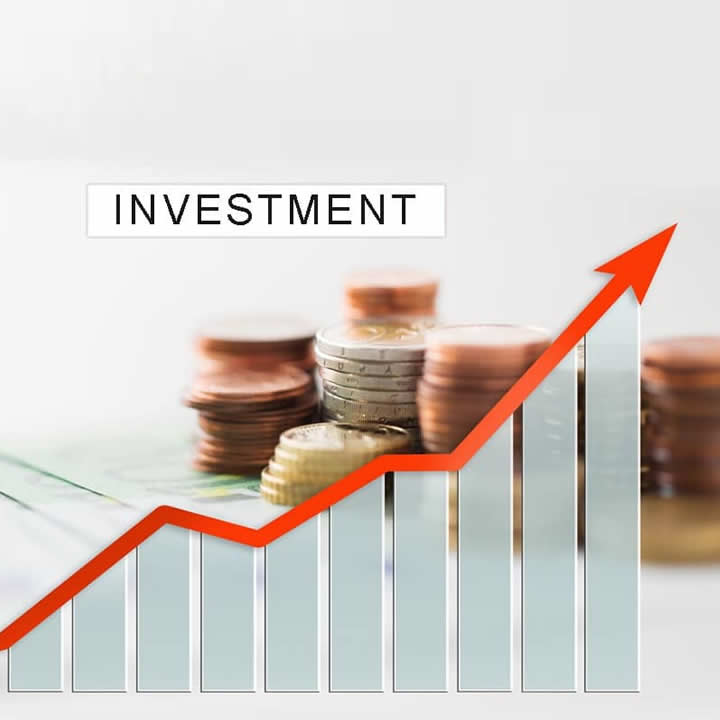Investing is a knowledge game. The only way to get ahead or enjoy even a modicum of success is to constantly learn and grow about investment opportunities and diversification.
This is why so many of the world’s most famous and successful investors spend an exorbitant amount of time poring over data and newspapers. Warren Buffett, perhaps the best-known investor of the modern age, spends as much as 80% of each day reading.
He suggests that optimal success can only be had when an investor commits to reading 500 pages every day!
No matter the asset classes you find most appealing, a commitment to constant learning is the only way to find long-term success when working to grow a portfolio into true wealth.
This is the way forward for those looking to create a comfortable retirement or generational wealth to leave behind after passing on.
Precious Metals
Investors have leveraged the collateral benefits of precious metal bullion for centuries. Until a few decades ago, gold acted as the foundation for the entire world’s trade in currencies.
Gold still holds a special place in the portfolios of wealthy investors, and its value across multiple spaces answers the age-old question, often asked of financial advisors, “why is diversification important?”
Adding gold as an alternative to hedge against stock holdings is a great way to protect yourself against a sudden downturn in the stock market.
Adding multiple asset classes that show low correlation with the stock market ETF or mutual fund asset classes, as well as one another is the only way to create a robust, diversified portfolio of holdings that can weather any volatility.
Diversification is particularly important these days. The coronavirus pandemic has shown how vulnerable the stock market pricing structure is, as well as many of the companies that trade publicly on the New York Stock Exchange.
The sheer volume of closures and bankruptcy filings should be a strong warning to investors to begin looking elsewhere in order to shore up investment strengths and utilize diversification strategies to minimize market risk.
Real estate holdings can provide monthly paycheck replacement

While gold offers a unique entrance into the world of collateral, nothing holds up to the strength of the real estate market for building wealth and purchasing power long term. Properties can act as a source of continuing income long after you purchase them.
Rental properties produce a stable monthly payment that often brings in more cash than you are responsible for paying out in the form of property taxes and mortgage repayments. This is the other benefit of the real estate asset class.
Here you are able to buy with borrowed money and begin drawing a return before paying back the bank. This way, you can take possession of a home and then utilize the rent brought in to make your own mortgage payments until the loan is paid off.
Cash in on your life insurance policy

Another great way to create additional liquid capital is to explore viatical settlement example use cases.
A viatical settlement is the tradeoff of the death benefit of your life insurance policy in return for a lump sum payout that you can pour into anything you’d like today.
Instead of waiting for your beneficiaries to receive the death benefit and continuing to pay the monthly premium until the day of the payout, you can relinquish the responsibility of your future premiums and cash in on your life insurance policy early.
Life insurance is typically taken out as a hedge against debts or the inability to work in your younger years. A viatical settlement allows you to withdraw a large chunk of that capital in the event that this hedge is no longer needed.
Homeowners that don’t owe on their property and have taken care of their credit responsibilities throughout the years can make better use of the cash value on their life insurance policy today rather than keeping the payout in the wings for their beneficiaries.
Alternative investment vehicles offer a unique way to approach diversification and may present a better option for creating a balanced portfolio that avoids the ups and downs of the stock market.

